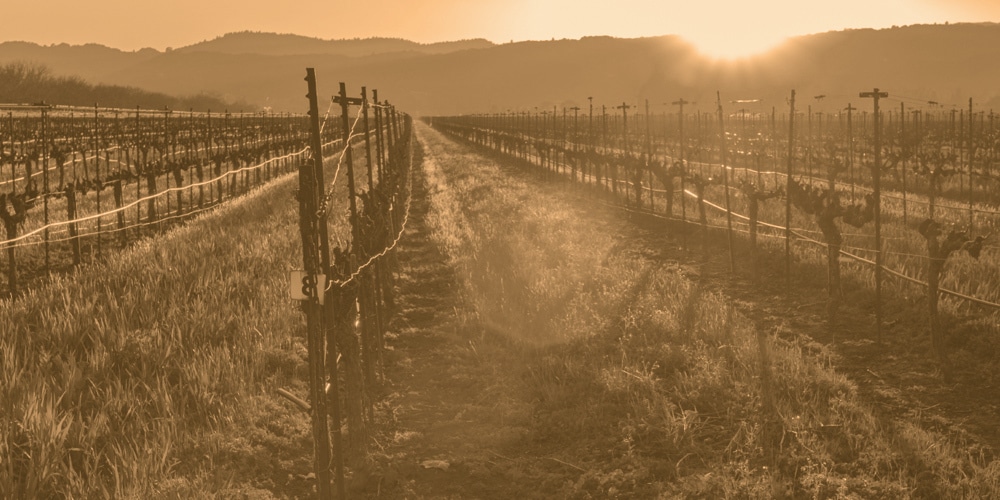
Swirl, Sniff and Sip: What You Need to Know About Napa Valley Wine Tasting
By Kara ChalmersIf you’re in Napa Valley, you’ve probably come for the wine. There’s plenty wine for the tasting, with more than 250 wineries open to the public, pouring some of the best varieties of Cabernet Sauvignon, Pinot Noir, Merlot, Chardonnay and Sauvignon Blanc. Before you start sipping, make appointments at wineries that peak your interest, allowing for plenty of time to linger at each. You’ll want to savor each wine-tasting experience without feeling rushed.
In fact, hand over all the planning (and the driving) to someone else and book a tour, like Driven’s one-day Napa Valley for Beginners Tour, which allows you to sample wines from three of Napa’s iconic wineries.
You’ll tour vineyards, cellars and a cave; you’ll learn a ton about wine; and you’ll picnic in a grove of redwoods.
Verve Napa Valley offers 17 themed experiences or you can customize your own. Its “Off the Charts” tour is a way-beyond-the-beaten-path excursion to wineries that they say, “only insiders have heard of, let alone visited.”
Once you’re actually sitting at the wine bar with glass in hand, follow these six steps to look and taste like a true wine connoisseur:
Swirl: Hold your glass by the stem so your hand’s heat doesn’t change the wine’s temperature. Study the wine’s color, clarity and its “legs,” or streaks it leaves on the side of the glass (the more legs, the higher the alcohol content). Gently swirling the wine releases its aroma.
Sniff: Stick your nose into that glass and take a deep one. Rest a minute. Swirl the wine, and sniff again. Try to identify scents. For example, Cabernet Sauvignon sometimes smells of black pepper, licorice and black cherry.
Sip: Finally, you get to actually imbibe. Inhale, then take a small sip. Roll the wine on your tongue and exhale through your nose as you swallow. Do this once, maybe twice, and concentrate on the taste. Ask your server about the terroir, variables like soil and climate that give a wine its special flavor.
Swish: Take a second sip, but swish the wine around this time, making sure it hits all parts of your mouth. The more wines you taste, the more skilled you’ll become at picking up flavors.
Spit: Right after the swish, wine tasters may opt to spit the wine out. Spitting is a pretty important step if you’re planning an entire day of wine tasting (unless you’re OK with passing out on the bar by midday). Do it gently, so there’s no backsplash from the spit bucket.
Swallow: If you love the wine and you’re near the end of your itinerary, have at it. But drink water, too. A good rule of thumb is one 16-ounce bottle of water per tasting. Once you’ve swallowed, note the amount of time the wine’s taste and smell last. The best wines linger longer.





